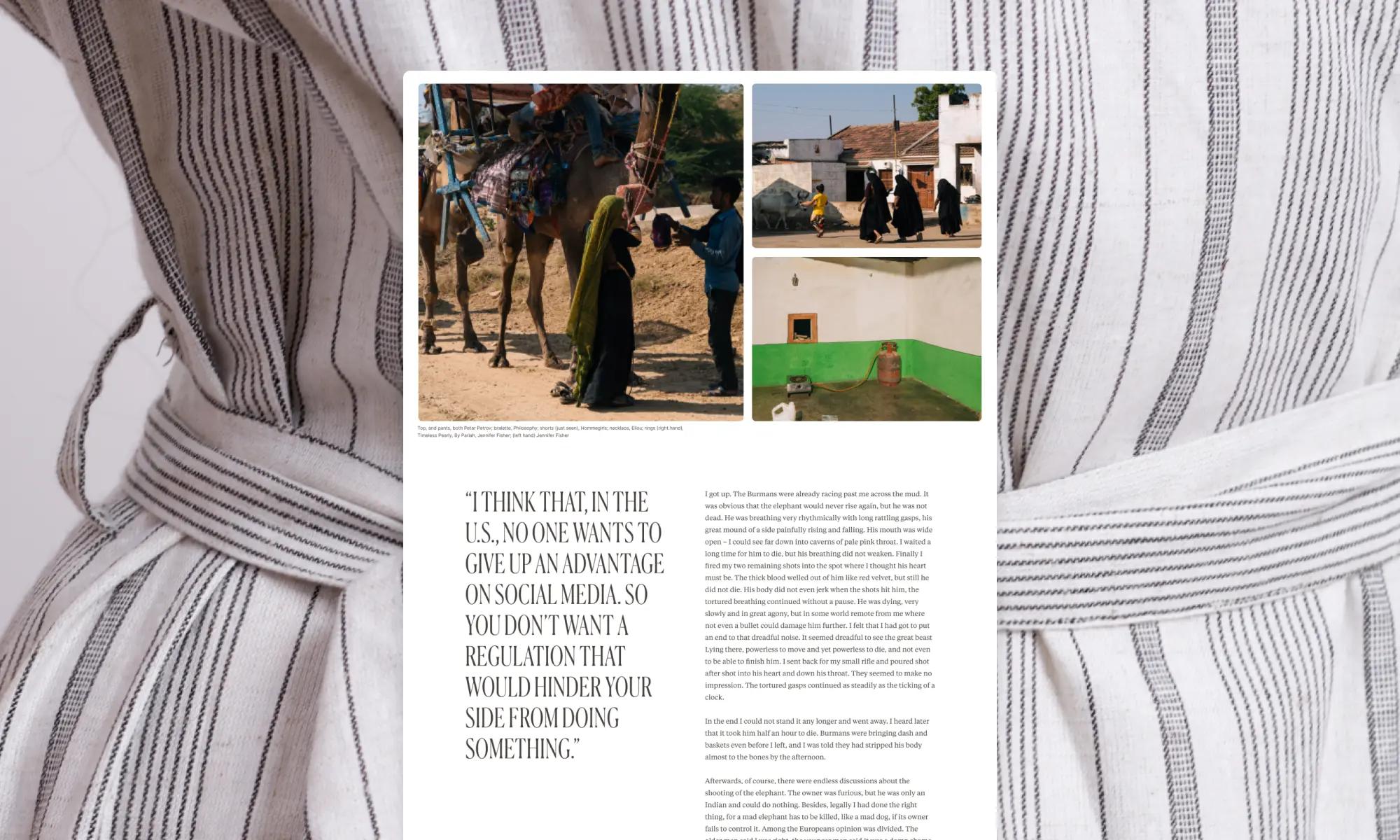From editorial magazine to digital marketplace, Driftime® worked with Journey of Objects to craft a platform that champions “subtle commerce”, a process that sets the scene for how to buy new things only when it will enhance our lives, the planet, and the person we’re purchasing from.
We’re all familiar with the notion of e-commerce as an industry – an often endless cycle of spending money mindlessly to satiate our need for fast-paced and convenient consumption. Be it a Bezos empire or a small-scale start up, online shopping is built on the shaky foundations of profit-led capitalism, and leaves a lot to be desired when it comes to meaningful, ethical, and planet-friendly purchasing. We believe there’s a way to cut through the noise, to alleviate the damage where possible, and to create a space that empowers sellers, informs browsers, and cares for the future of our world.
Online shopping brings with it a heavy load of ethical baggage, with our desire for more “things” being increasingly outweighed by the catastrophic social, environmental, and economic consequences of consuming at a rate that can’t currently be matched or mitigated. Our planet and people are suffering from our unsustainable rate of consumption, so what good can making more e-commerce websites bring to the world?

Whilst the impact of unnecessary purchasing can perpetuate an never-ending cycle of desire over need, we believe that there’s a delicate balance that can be struck between browser and seller through responsibly crafted digital marketplaces. Following many years of collaborating with emerging and established businesses well-versed in the e-commerce space, we have developed a unique understanding of how we can craft digital marketplaces that are reactive to needs in innovative, inventive, and ethical ways.
From telling stories that resonate with the right people to shaping digital journeys that ask the end-recipient to ask if they really need that new piece of clothing, we’ve found a term that answers to the browser, seller, and the ethical demands of a digital marketplace. We’re in the pursuit of subtle commerce.
“We believe there’s a delicate balance that can be struck between browser and seller through responsibly crafted digital marketplaces.”
Driftime® MediaOver the last decade, the crafts industry in India has been slowly declining, with livelihoods and traditions becoming more and more at risk with the rapid rate of globalisation. Journey of Objects are working to combat this, using journalism, fashion, and storytelling around craft to create the first Indian marketplace to champion the industry, and set new standards of trade and support. Through digital design and collaboration, Driftime® worked with Journey of Objects to shape the beginnings of a space that not only accommodated local craftspeople, but celebrated their skill, using subtle commerce as a way of empowering creators and accelerating the success of their trade that doesn’t rely on reckless spending, but instead encourages considered and responsible buying.
For us, “subtle commerce” has three core tenets that, when combined, can help to shape a digital marketplace that embraces e-commerce ethically, making responsible consumption more accessible, meaningful, and realistic to both creators and browsers. Let’s get into it!

🫶 Creating an unconventional marketplace driven by livelihood
Starting with the people behind the products helps to foster a sense of connection and understanding of the origin of our future belongings as buyers. We’ve been asking “where” our clothes come from for some time now, but we’re less likely to know “who” creates our clothes, or understand who we could be supporting if we’re not encouraged to explore further.
Through the Journey of Objects platform, each and every item hosted on the site is tied to a real story of livelihood, brought to life through an editorial approach to online shopping. This structure encourages browsers to take their time reading about the heritage of their next potential purchase, increasing their deliberation time, and delaying impulsive buying.
📖 Commerce comes secondary to story
We see the importance of storytelling in marketplace “selling”, not for the purpose of “convincing” or accelerating a sale, but more in terms of informing the browser of their impact, both good and bad. Commerce is secondary to story, with the primary intention being to share history and context before introducing the need for money.
On the Journey of Objects site, we made the decision to construct the browsing in such a way that when you hover over one of the products, it doesn’t show price until you actually interact with it. By introducing the story first, we lead the browser to asking the question of interest before the question of purchase.

🔍 Refocus how people engage with buying things
All too often, the e-commerce landscape relies on canny tricks and tools of digital deception, using profit-focused offers and deals that monopolise on clever and compelling copywriting to catch our attention and a sense of “fomo” to encourage reckless spending. We’re keen to reframe this exchange, using this idea of “browser” instead of “buyer” to focus on meaningful engagement with consumption culture and our needs over desires.
With the Journey of Objects marketplace, we explored the potential for selling without interfering with the story itself, instead refocusing how people buy things into a framework of authentic, meaningful, and enduring subtle commerce.




